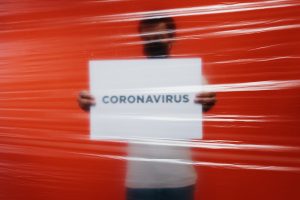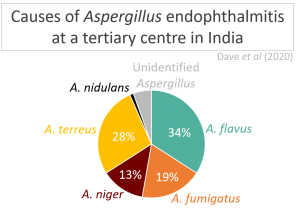Submitted by Aspergillus Administrator on 6 October 2010
 Patients with cystic fibrosis are often susceptible to lung infections. Fibreoptic bronchoscopy (FB) and bronchoalveolar lavage (BAL) are often performed to aid the management of children with cystic fibrosis (CF). A study of a group of CF children ages 0-18 who had FB between 2005-8 in the NE of England, has revealed that 16 out of 45 patients tested positive for Aspergillus fumigatus – either in isolation or in combination with other organisms.
Patients with cystic fibrosis are often susceptible to lung infections. Fibreoptic bronchoscopy (FB) and bronchoalveolar lavage (BAL) are often performed to aid the management of children with cystic fibrosis (CF). A study of a group of CF children ages 0-18 who had FB between 2005-8 in the NE of England, has revealed that 16 out of 45 patients tested positive for Aspergillus fumigatus – either in isolation or in combination with other organisms.
Other organisms such as pseudomonas aeruginosa and haemophilus influenza were isolated from some samples but Aspergillus was the most prevalent organism identified in BAL from these children. Of interest half of those with Aspergillus were also diagnosed with ABPA. (Report from the recent 20th ERS meeting, Davidson et al).
The study shows that voriconazole can be absorbed by CF patients and may be useful in the treatment of fungal infections in cystic fibrosis.
News archives
-
Title
Date


